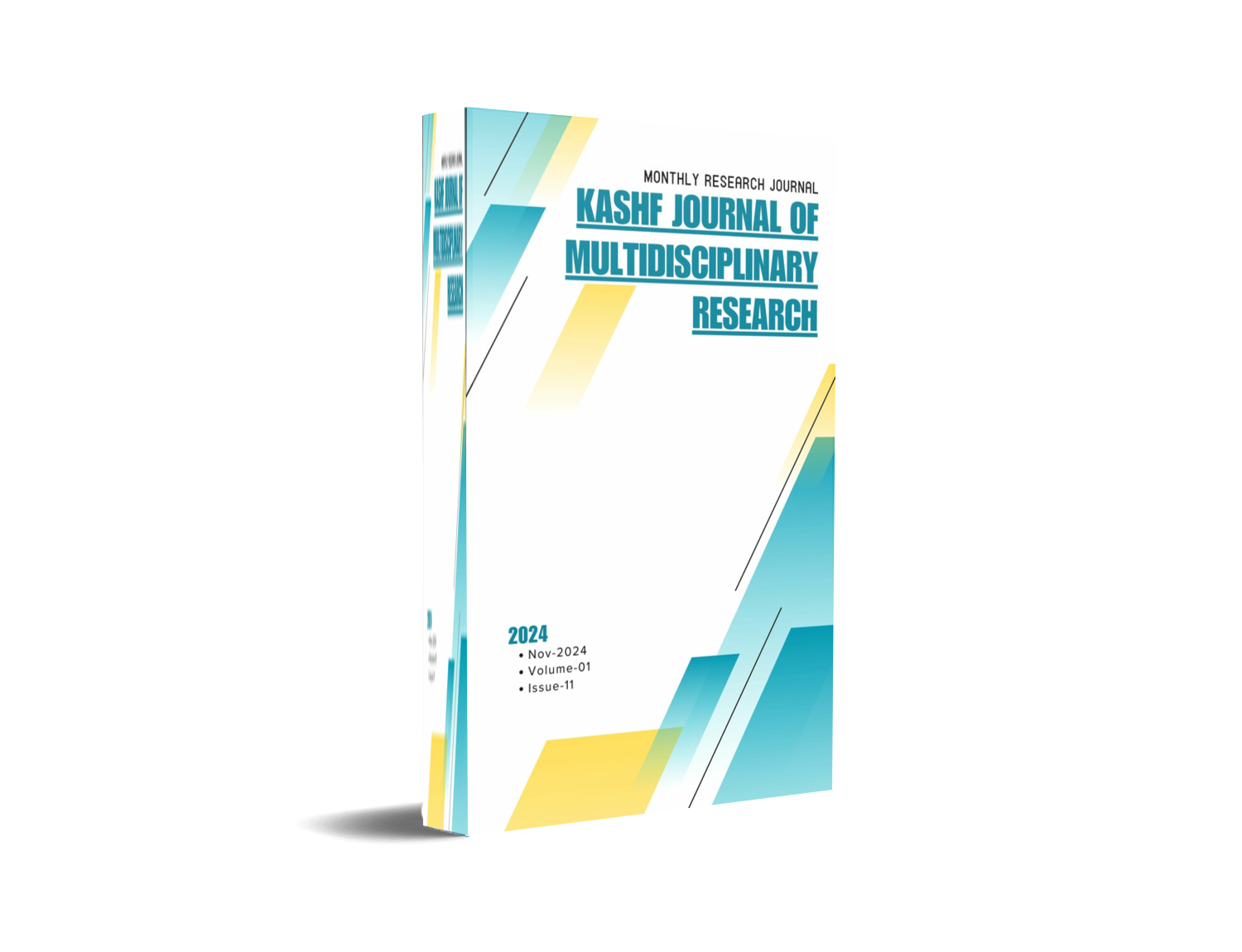A COMPARATIVE STUDY OF AUTOMATED AND SEMI-AUTOMATED BUG LOCALIZATION TECHNIQUES IN SOFTWARE ENGINEERING
Keywords:
Software Engineering, Bug Localization Techniques, Automated Bug Localization, Semi-Automated Bug Localization, Comparative Study, Simulation Data, Statistical Analysis, Regression Modeling, Software Development MetricsAbstract
This research presents a comprehensive comparative study of automated and semi-automated bug localization techniques in software engineering. The study synthesizes simulated data to emulate a realistic software development environment, comparing bug localization methods' effectiveness, efficiency, and accuracy. Our methodology involved generating a simulated dataset of 50 software projects, with metrics including Accuracy, Time taken, and the number of false positives recorded for each bug localization technique. Statistical analyses were performed to gauge performance characteristics, including confidence intervals, hypothesis testing, and regression modeling. The results indicated that semi-automated techniques slightly outperformed automated ones in accuracy, albeit with increased variability and marginally higher time investment. The correlation analysis revealed weak relationships between the metrics, suggesting the absence of strong linear interdependencies. A linear regression model was implemented to predict accuracy, which yielded a high mean squared error, underscoring the complexity of bug localization tasks. Our study contributes to the field by providing empirical insights into the trade-offs between different bug localization strategies and highlights the need for a nuanced approach when selecting a technique for practical applications.
Downloads
Downloads
Published
Issue
Section
License
Copyright (c) 2024 Waqas Ali, Aakash Ali (Author)

This work is licensed under a Creative Commons Attribution 4.0 International License.



